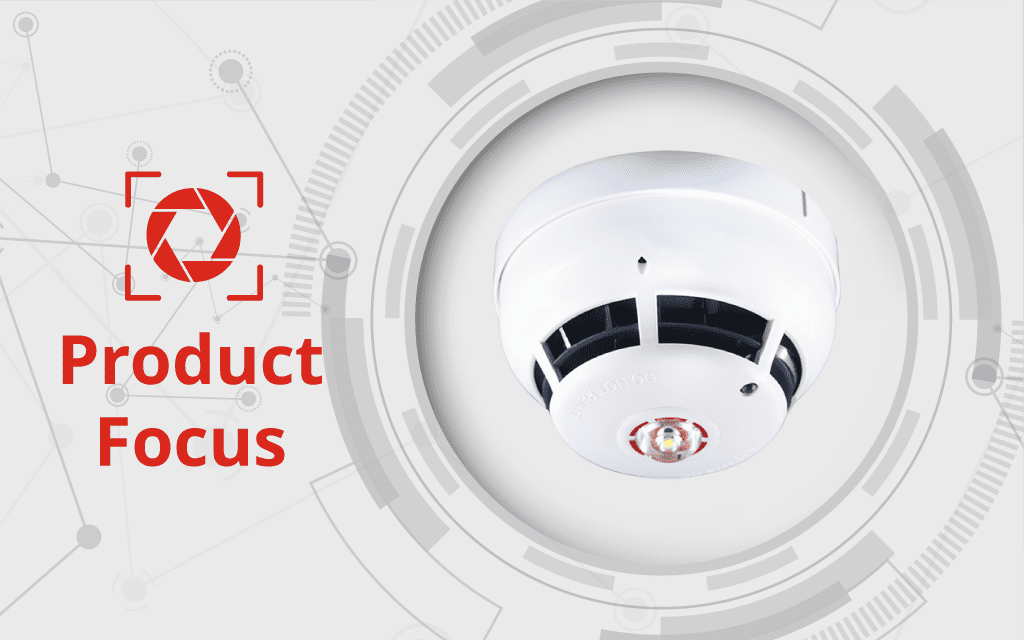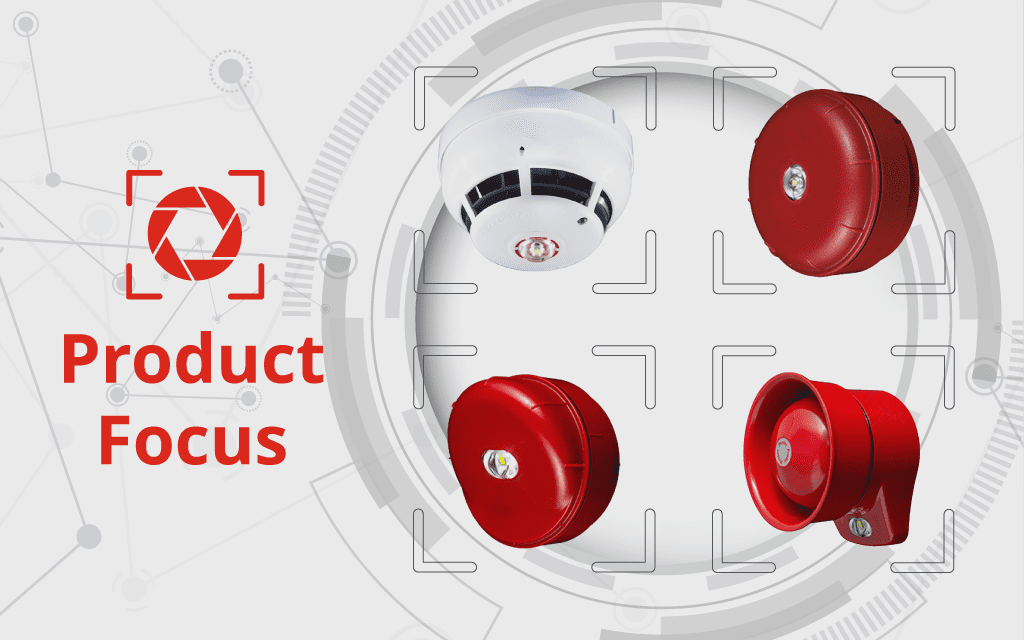Product Focus – 6000PLUS Fire Alarm Protocol
We all hear the word protocol thrown around the fire detection industry, all the claims of an open or closed protocol. We previously cleared the myths up in an article (found here). But one thing that is clear despite if a fire alarm system is an open or closed protocol, all fire alarm systems run using a dedicated protocol. Some people think it’s only a language spoken by the fire alarm system devices, and this is true, but it can offer so much more! In this article, we will explain what our 6000PLUS protocol is and what it offers.
Share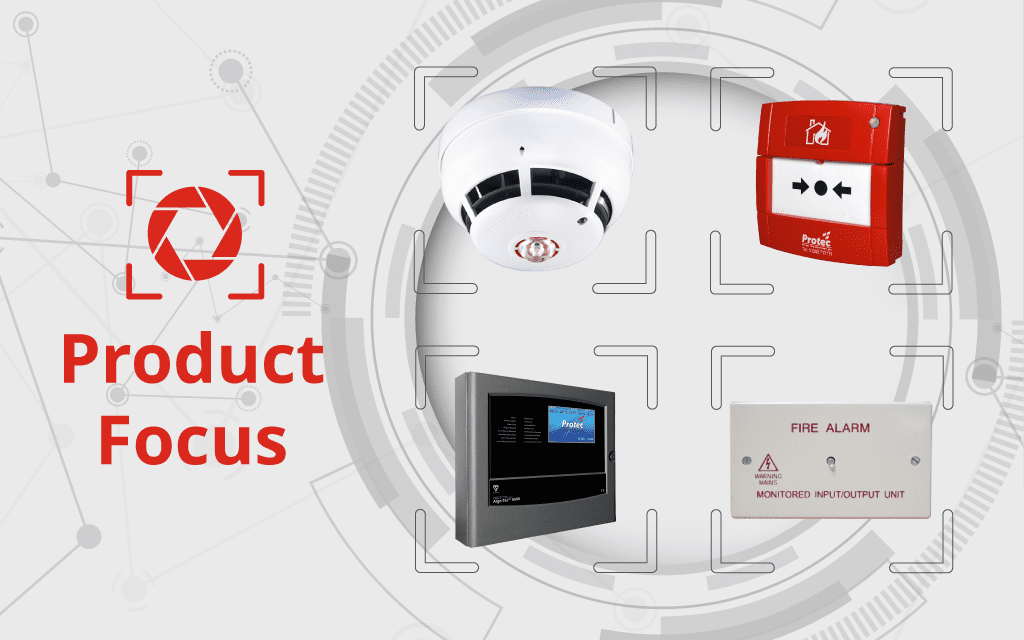
The 6000PLUS Fire Alarm Protocol
The 6000PLUS protocol is the digital language all the Protec addressable devices use to communicate. Aside from that, our fire alarm protocol offers a host of ingenious features which makes life easier for consumers and engineers alike. From preventing false alarms through to intelligent loop mapping of faults, here’s what they are, how they work and, more importantly, why you need them.
Adapt to Overcome False Alarms
The UK loses more than 1 billion pounds due to false alarms, with an alarming amount related to the fire protection industry. It means false alarms are a severe issue that you cannot and should not ignore. Usually, many false alarms can be cut out by preventative maintenance and selecting suitable detectors for the room. However, sometimes the scenario isn’t as black and white, and sometimes you need to adapt to overcome possible environmental problems.
The 6000PLUS fire alarm protocol offers an intelligent solution by using our bespoke algorithms in our software called Algo-Tec™. Our detectors utilise Algo-Tec™, a set of mathematical and scientific equations that adjust the sensor’s sensitivity. These measurements compensate for environmental conditions such as the steam from a shower or dust found in a warehouse. Making these compensations makes the detector fit for the environment, reducing the chances of a false alarm.
No Drawings? No Problem
Most engineers will have arrived on site and asked to see the fire alarm drawings to find they are not there. It can be frustrating, as locating a device can become tedious if it isn’t labelled externally. Our 6000PLUS fire alarm protocol combats this by introducing RVAV™.
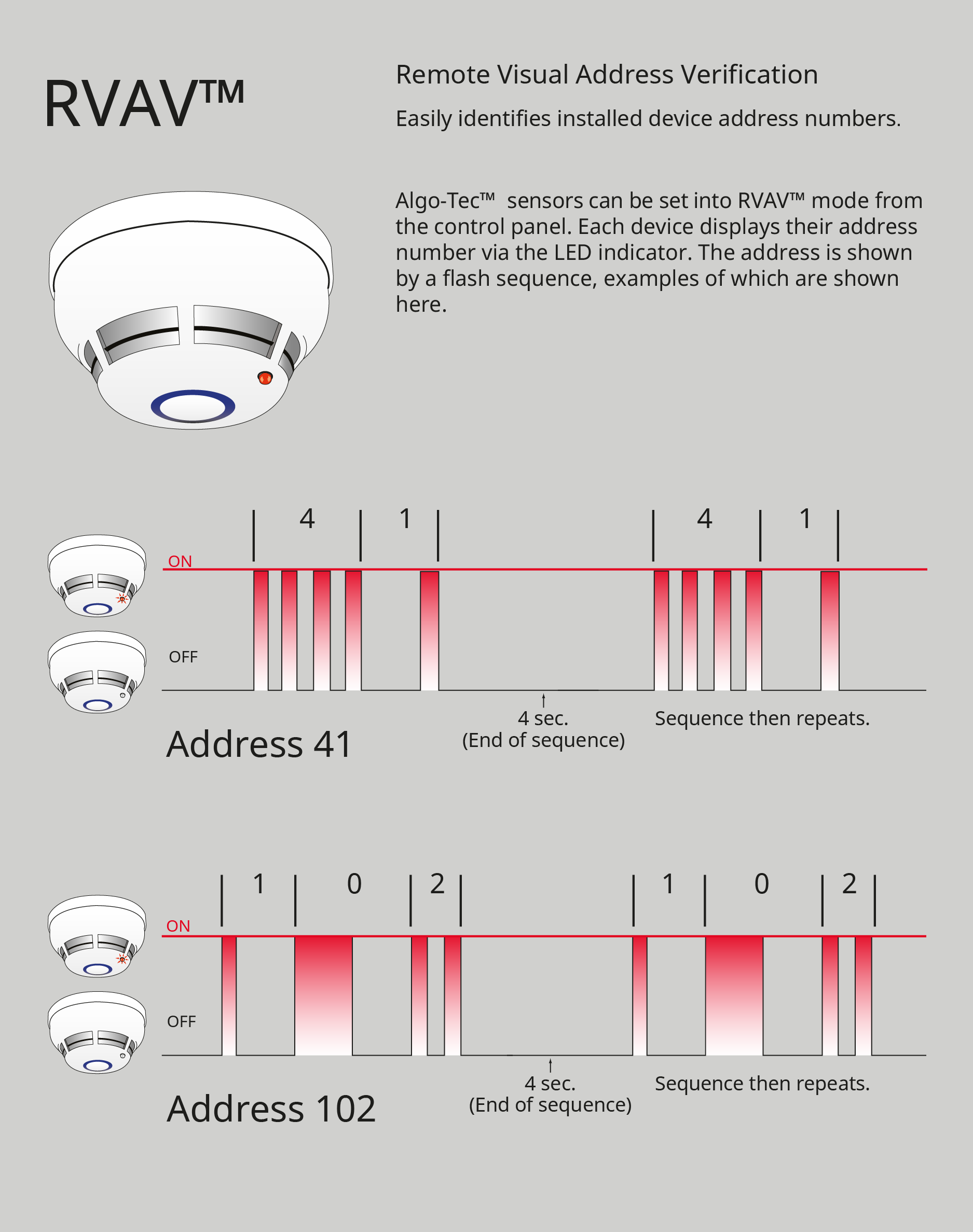
But what is RVAV™? It stands for ‘Remote Visual Address Verification’. This innovative feature allows you to identify a device address by looking at the LED on the detector, manual call point or interface. It works by the engineer setting the Protec fire alarm panel to RVAV mode. It will then activate the LED’s on each device to flash in a morse code like state enabling you to count the time between flashes to give you that devices unique loop address.
Fault Finding Made Easy
There’s nothing worse than turning up to a vast site with a possible detector fault and having to search the site going through multiple unknown devices to find the problem. We understand how much of a pain this can be and how much time this could take. That’s why our panels come complete with loop mapping via our fire alarm protocol.
By utilising the 6000PLUS protocol, our fire alarm panels talk to each device, asking its status and location; this, in turn, goes back to the panel that maps each device on the loop. From the main control panel, you can then interrogate the loop to find the fault on the system by seeing which device is at fault. This simple feature cuts down fault finding from hours to a matter of minutes, and we all know time saved is money saved!
Commission Devices ‘FAST™’
Commissioning can sometimes be a laborious exercise involving a box full of detectors and a small screwdriver switching tiny switches or pushing bits of plastic out of a card, known as hard addressing. This format of addressing isn’t the case with the Protec 6000PLUS devices. We use our FAST™ (Firmware Addressed Secure Technology) method, a software-based type of commissioning whereby we allocate a unique address at the manufacturing stage. The address comes in the form of two identical barcodes on the bottom of each fire alarm device.
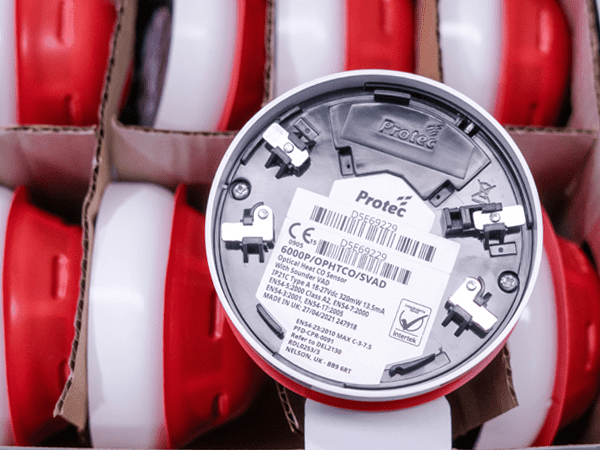
Come commission time; it’s just a matter of scanning the device barcode, leaving one on the device and adding the other to the commissioning manual, saving hours spent hard addressing a device on-site.
Open to Anyone
Yes, that’s right. Sometimes Protec is often confused as being a closed protocol system which is very much untrue. Our system is open protocol meaning it is available to anyone who wants to download and maintain their fire alarm system. However, we know that sometimes can be more trouble than its worth, so we offer both client managed and Protec managed protocols.
A client managed protocol gives your ‘responsible person’ full complete control over your system. It means you can enlist your own incumbent fire alarm company to maintain your fire alarm system. However, it does mean the maintenance company must keep up to date with the latest software and are also responsible for your fire alarms cause and effects, which can sometimes be quite complex to anyone who has not had adequate training.
A Protec managed system is where we manage your system, meaning we take away any headaches involving complex cause and effects, site file downloads and keep your system up to date. The Protec managed system ensures the reliability of your system. After all, nobody knows a Protec fire alarm system like us.
Final words
Our article has established that a protocol can offer much more than when a fire detector activates an alarm. It can be a tool to prevent fires, save time and in turn save money. Contact us today if you want to know more about how the 6000PLUS fire alarm protocol could feature in your next project.











